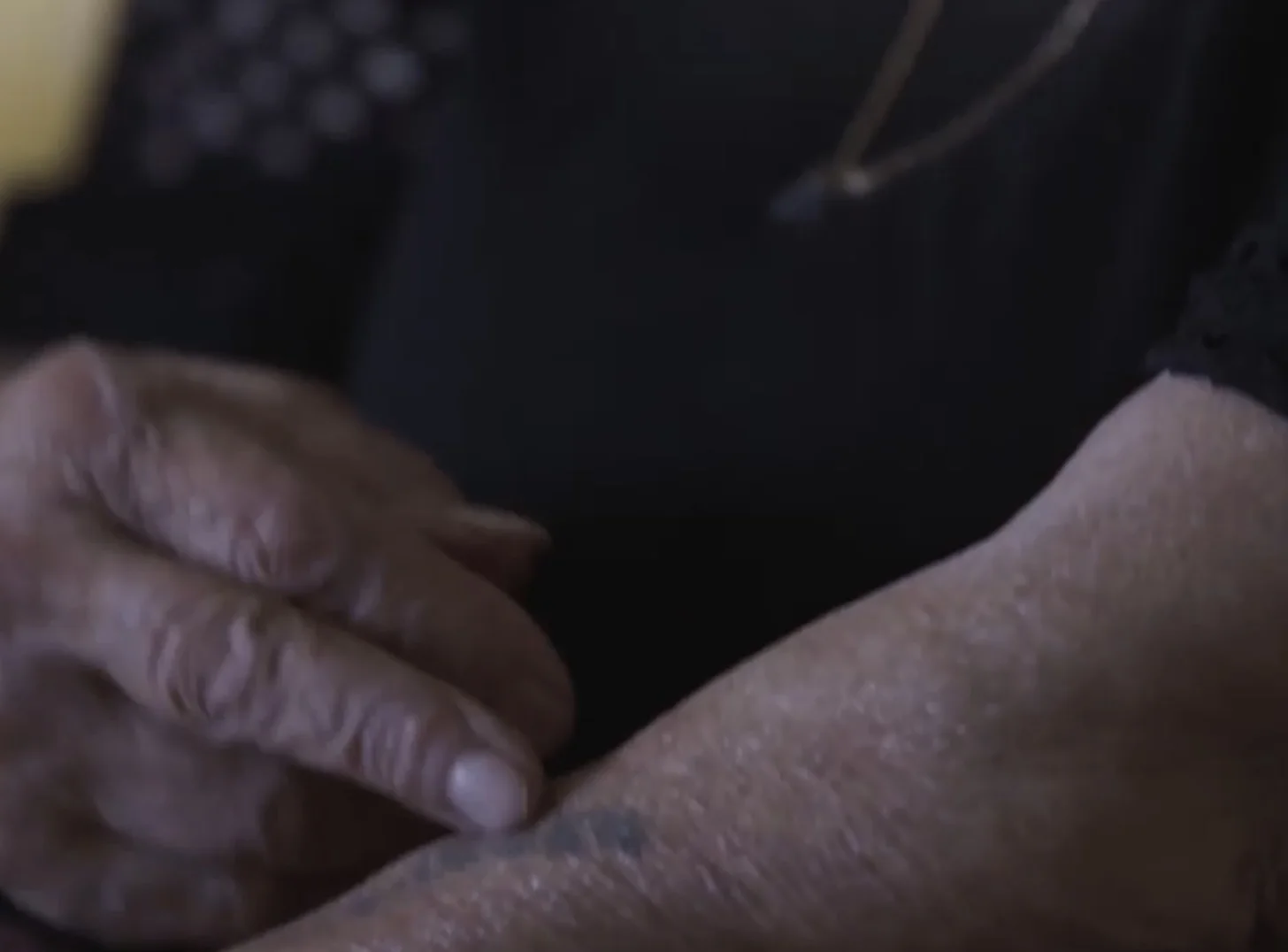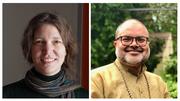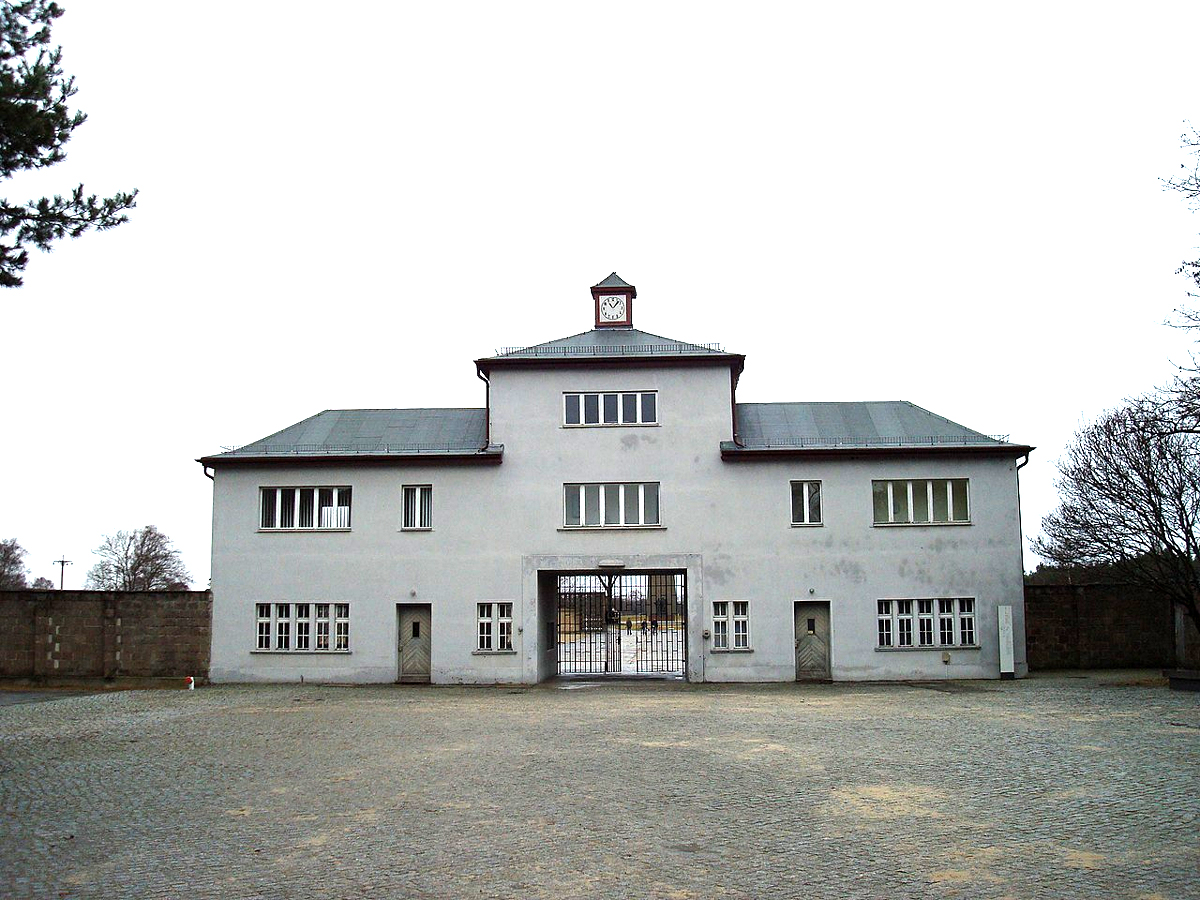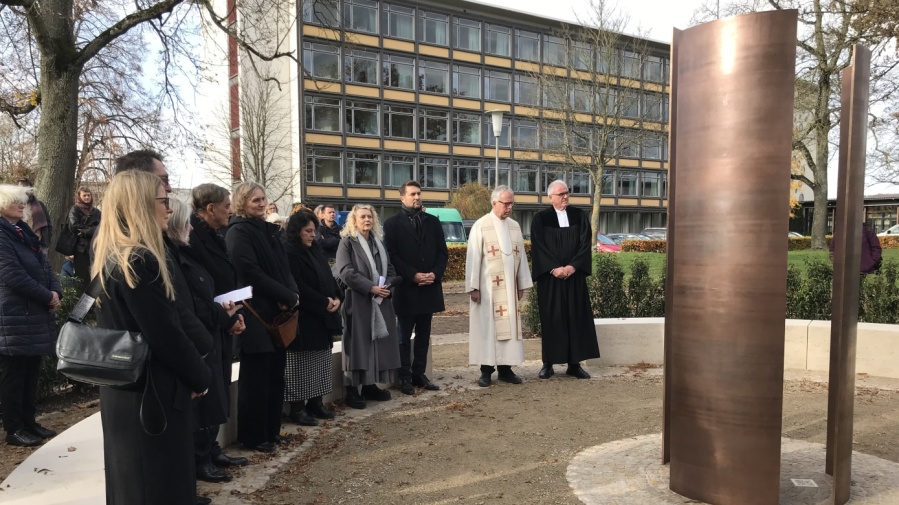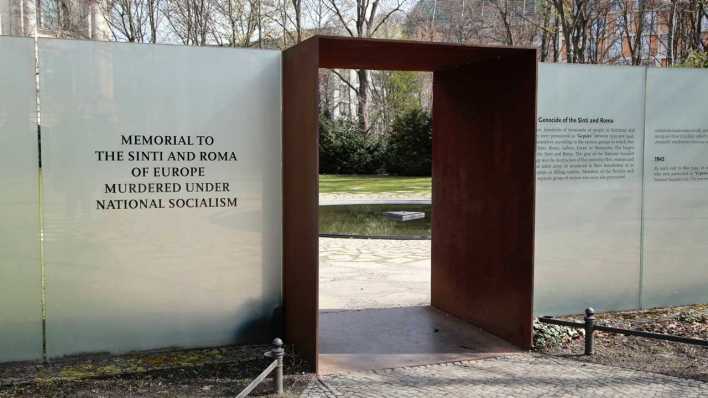Schwarz (2014) tries to portray Rroma from the Romanian village Fântânele in a more differentiated fashion. In spite of this, by creating a one-sided depiction, he manages to fuel fears of a mass immigration to Germany. The Rroma he portrays correspond to many stereotypes that people have about this minority: due to their membership to Pentecostal church, contraception is forbidden and the families of the village have an average of ten to twelve children. Of the seven thousand residents of the village, thousand live today in the Harzerstrasse in Berlin-Neukölln, he states. With this statements, Schwarz nullifies his own attempt towards a balanced reporting, as he presents a seemingly incontrovertible evidence that a mass migration to Germany indeed takes place. That Fântânele is not representative of all villages in Romania, is not stated. On the other hand, Schwarz presents a detail account of the relationship of local Rroma community to the Pentecostal church, to which almost all villagers belong: “Today, the church is the core of the community, it sets all rules. It forbids its members to drink and smoke. There is no pub in Fântânele, and no one smokes. Equally, it prohibits abortions and any kind of contraception. The new religion stabilised the families and promoted the cohesion of the community. The sobriety requirement preserves families in crisis from descending into the underclass. They also save themselves a lot of money that others spend on liquor and cigarettes. However, the limitation of the talents to sacred music ended an important source of income, and the prohibition of contraception boosted the birth rates. Families with ten, twelve children are the rule in Fântânele. […] The Roma who emigrate in order to work as a demolition labourers, as a flyer distributors, or as a construction workers, have no different motivation than the Romanian doctors who get headhunted from German hospitals: all of them hope for a better life and a better future for their children.” However, Schwarz does not mention distinctly enough that Rroma only represent a portion of the immigrants to Western Europe. Many ethnic Romanians, who account for the majority of the country, migrate to the north. In addition, not all Rroma belong to the Pentecostal church, which prohibits contraception. More than a few Rroma have qualifications and practice contraception. By focusing on this specific village and this group of Rroma, Schwarz reproduces the notion of a mass immigration to Germany, despite all his historical contextualization and differentiation of Rroma groups. This assertion is qualified by critical research (MiGAZIN 2013).
- MiGAZIN (2013) Keine Belege für eine Armutszuwanderung aus Rumänien und Bulgarien. In: MiGAZIN online vom 22.2.2014. http://www.migazin.de/2013/02/22/keine-belege-fur-armutszuwanderung-aus-bulgarien-und-rumanien/
- Schwarz, Karl-Peter (2014) Auf dem halben Weg zum Paradies. In: Frankfurter Allgemeine Zeitung online vom 27.8.2014. http://www.faz.net/aktuell/politik/inland/roma-aus-fantanele-auf-halbem-weg-zum-paradies-13114679.html?printPagedArticle=true#pageIndex_2

